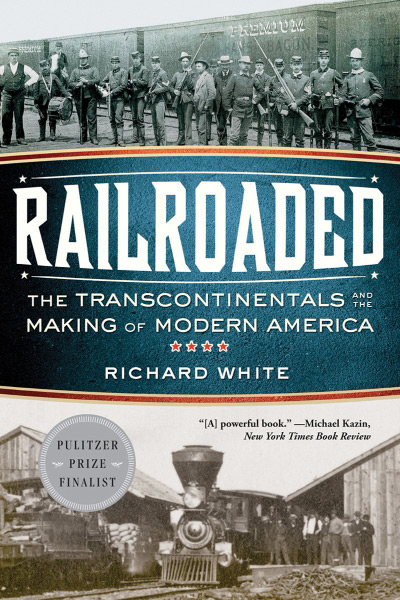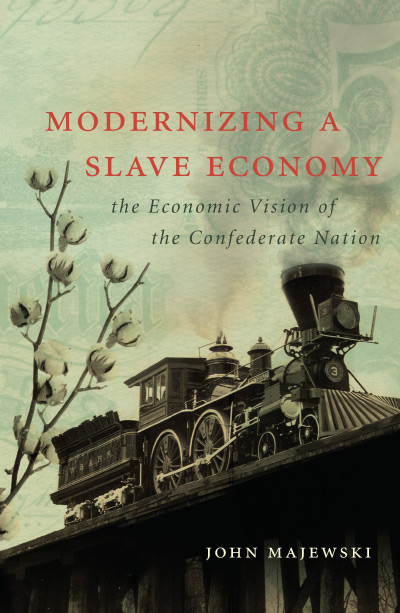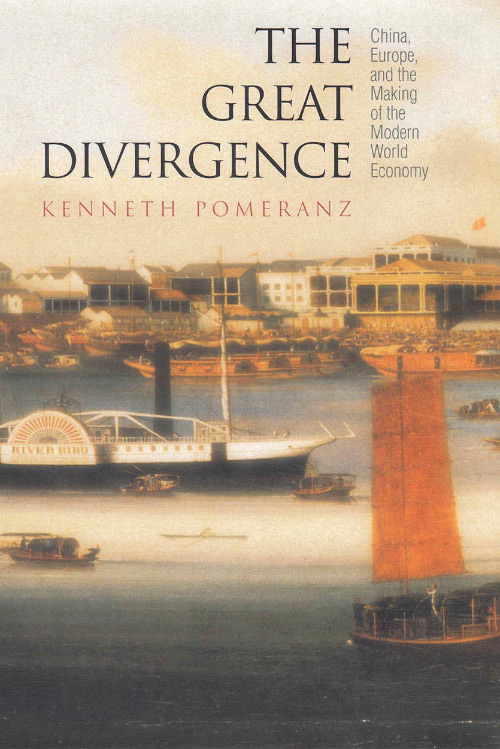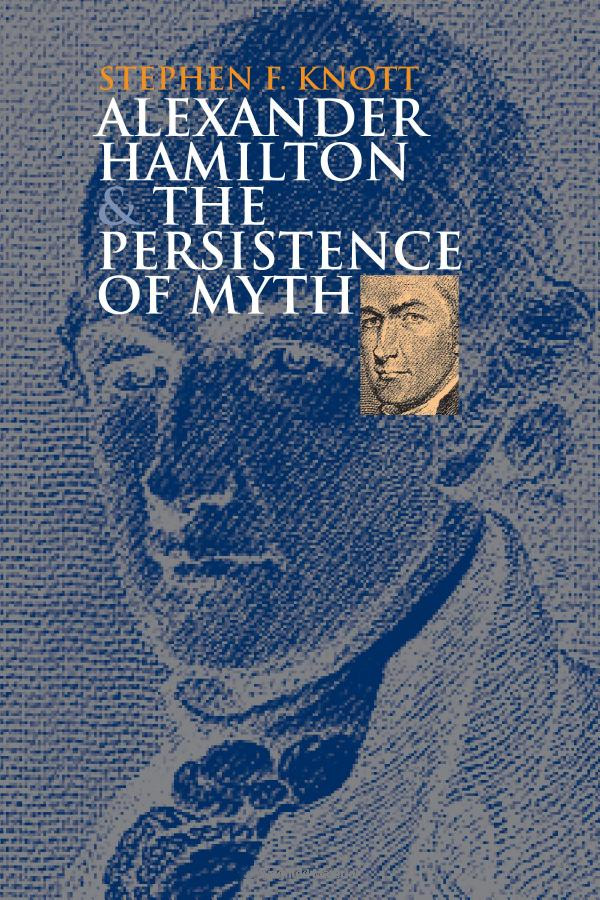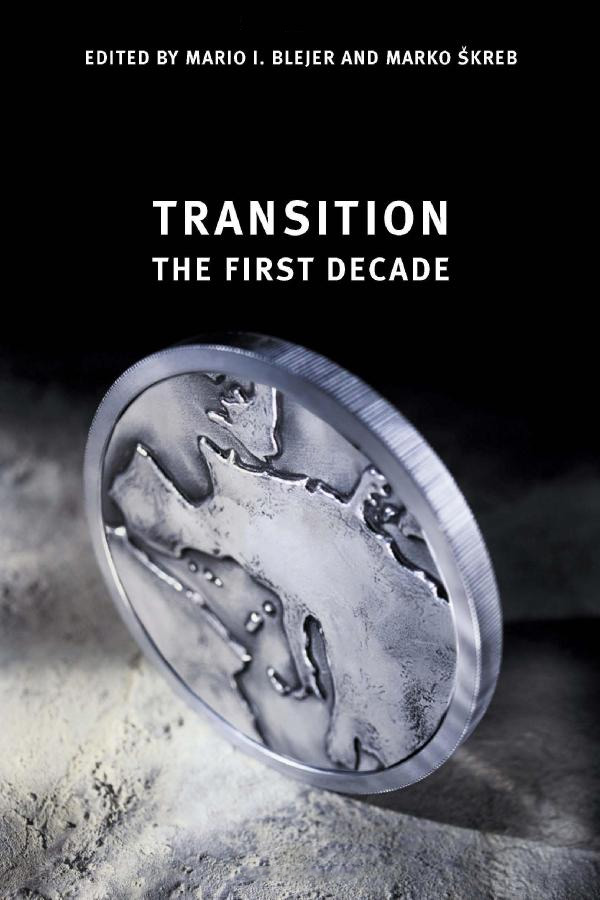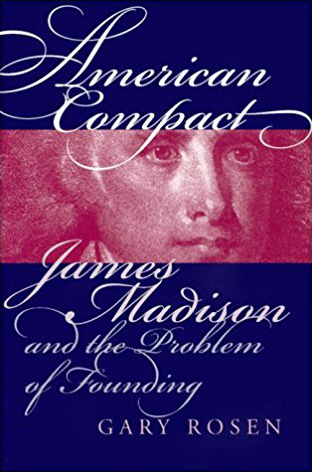Oceans of Grain describes the rise and fall of empires and technological innovations through the history of grain. Starting with the beginning of civilization around the Black Sea and ending with the Russian Revolution, Scott Reynolds Nelson shows the omnipresence and importance of grain—how it was produced, the routes along which it was traded, the ways it spread disease, and the advancements it brought to people’s diets—and especially its impact on geopolitical tensions. He succeeds in providing an original narrative that the average lay person and dedicated scholar will find useful.
The book starts by chronicling the emergence of chumaki(warrior-merchants) near modern-day Ukraine and Turkey, who most likely developed the practice of agriculture by dropping grain seeds along trading routes and harvesting them at a later date. Where the chumaki traveled and traded, the bacteria Yersinia pestis was not far behind, which could cause serious problems that devastated food supplies and wiped out populations. Also not far behind were empires, the creators of “protection racket[s]” along the pathways who demanded tribute from the traders. Nelson writes that while empires justified their taxes on their ability to “police and protect trade” by driving out “competing tax agents,” from the perspective of the traders “empires did not create trade but slowed, bounded, and taxed it” (p. 17). Nelson concludes that “the trading paths came first and successful empires simply straddled them . . . [they] did not build grain pathways but rather taxed them and tried to extend them” (p. 35).
Lucrative locations for tax gatherers included the Bosporus Strait, which became the home of Constantinople, and strategic choke points along the Rhine, Danube, and Thames rivers in Western Europe. Over time, larger empires replaced smaller ones, but their taxes on grain remained because they generated vital sources of revenue. The record demonstrates that empires emerged as “monopolizer[s] of food” along trading routes, and they used their monopolies to feed soldiers who enforced protection rackets and levy taxes over those who sold grain (p. 39).
Nelson points out several technological developments related to grain in the early years of European history. First, the Greek, Roman, and Byzantine empires developed granaries that stored wheat to feed citizens during sieges. Second, these granaries became the forerunners of modern banks as individuals used the receipts they could redeem for grain as a medium of exchange. Third, Genoese and Venetian traders that dealt in grain played an important role in the evolution of double-entry bookkeeping and the development of debt instruments between sellers and purchasers of grain. Fourth, to combat plagues that traveled on ships, ports made vessels wait forty days before unloading their wares to kill the infected rats and fleas. This practice became known as quarantining, which came from the Latin word for forty.
Nelson then focuses on the period after the middle of the eighteenth century and the transformation of the two great grain producers of the world: the United States and Russia. According to Nelson, there is a direct link between the rise of the United States and the downfall of the Russian empire. This is because by the late nineteenth century the United States outcompeted Russia and became the major supplier of grain to Europe. After Russia constructed the city of Odessa on the Black Sea in the late eighteenth century, it started to export “the food for an industrial revolution in Europe” (p. 49). Russia’s shipments accelerated once Great Britain and other countries repealed their tariffs on foreign wheat in the mid-nineteenth century, which Nelson attributes to the Irish potato famine and continental revolutions induced by famines and food riots. Russia’s grain exports resulted in important advances in health and living standards because the increased supply lowered the price of bread, which increased workers’ disposable income and allowed them to purchase more and better food. Consequently, “workers’ average height rose, infant mortality declined, debilities decreased, and tea and sugar consumption increased” (p. 71).
But the good times for Russia did not last. The empire’s problems centered around its inability to monopolize the Black Sea and control the Bosporus Strait, which would provide it with a crucial seaport and establish its monopoly over grain production and shipments in the region. Britain and France, recognizing that this would increase Russia’s power vis-à-vis their own, wanted to prevent this. As a result, culminating in the Crimean War (1853 to 1856), Britain and France made sure that the faltering Ottoman Empire stopped Russia’s advances. Russia had little to show for its heavy expenditures and the country faced bankruptcy by the 1860s and 1870s. Russia postponed its bankruptcy by engaging in some halfway reforms that liberated its serf population, continuing to borrow heavily, and focusing on other grain outlets.
During Russia’s languishing, America’s prominence grew. In the late eighteenth and early nineteenth centuries American farmers increasingly moved away from providing grain to European colonies in the Caribbean and instead sent it to Europe, particularly during the French Revolution and the Napoleonic Wars. America’s grain exports became more competitive in Europe as new technologies lowered transportation costs in the middle of the century. It began when American capitalists constructed the Erie, Pennsylvania, New York Central, and Baltimore & Ohio railroads. These lines connected the Midwest and Great Lakes to the East Coast, making it more profitable to transport grain from west to east than shipping it down the Mississippi River. Then, the discovery that nitroglycerine stabilized in mud (also known as dynamite) could blast mountains and other rock formations transformed Antwerp and other western European cities into ocean ports. The invention of the transatlantic telegraph further fostered the trade by making it easier for grain traders in Europe and America to communicate. The results of these technological advancements and the consequent American invasion of grain were truly astonishing: between 1870 and 1900 grain prices in European cities dropped roughly forty percent. For the lower skilled workers who spent half of their income on food, this was an incredible boon.
Nelson argues that the consequence of such a seismic change in trade was the increasing desperation, and then the collapse of, the Russian empire. Russia tried to cope by borrowing to finance its own west-to-east transportation, the Trans-Siberian Railway, so it could control a port on the Pacific. But a disastrous war with Japan in the early twentieth century ended this hope, and without serious reforms to its economy it was only a matter of time before the government collapsed from angry revolutionaries. During World War I the Russian government turned former grain surpluses into shortages as it imposed artificially low grain prices for the military. Grain prices rose higher than in the rest of the world by 1916, and in March 1917 food protests in Saint Petersburg caused a riot. The rest, as they say, was history.
Nelson concludes with the Bolshevik Revolution and devotes a short paragraph to the Nazis’ plan to create a German empire fueled by Ukrainian grain. He does not extend his narrative in any detail past the 1920s, which leaves open the question whether the importance of grain as a driver of world politics declined in the twentieth century. This, I believe, is a weakness of the book. It would have been fruitful to see if future innovations in agriculture in the United States and other countries impacted World War II and the Cold War in later years. If they did not, then Nelson should have explained so and made it clearer why the history of grain played such an outsized role only until the early twentieth century. But this criticism does not seriously detract from an otherwise enjoyable read that provides a unique perspective on European history.
| Other Independent Review articles by Patrick Newman | |
| Summer 2024 | Playing the Defense: The Beef Trust, Cronyism, and the 1891 and 1906 Meat Inspection Acts |
| Winter 2017/18 | The Origins of the National Banking System: The Chase-Cooke Connection and the New York City Banks |
| Winter 2016/17 | Illiberal Reformers: Race, Eugenics and American Economics in the Progressive Era |








